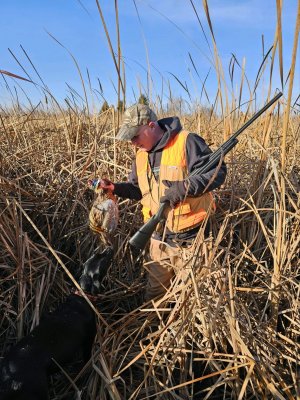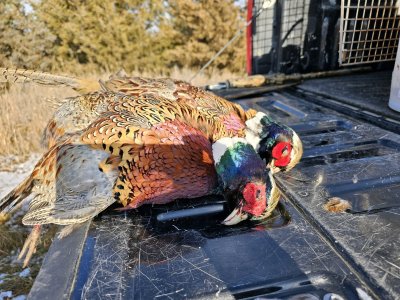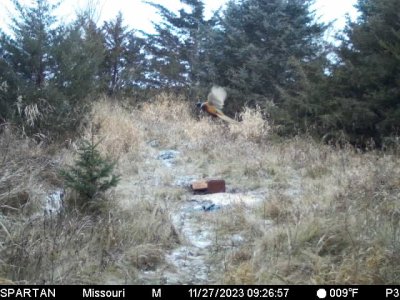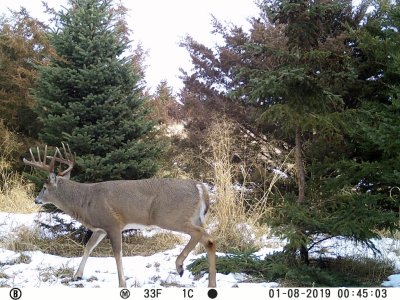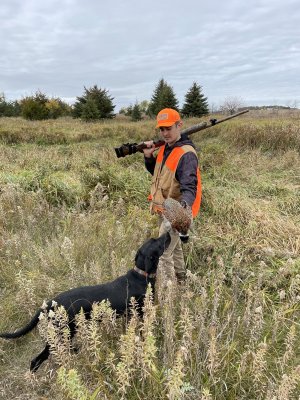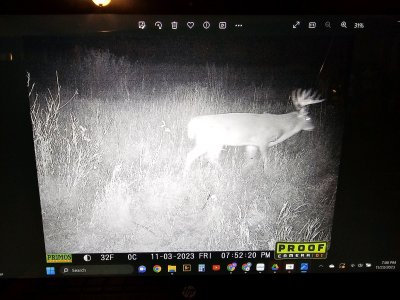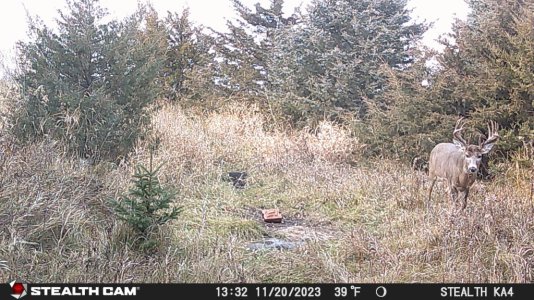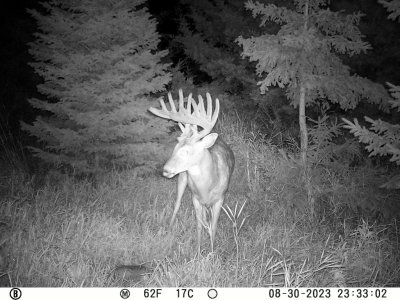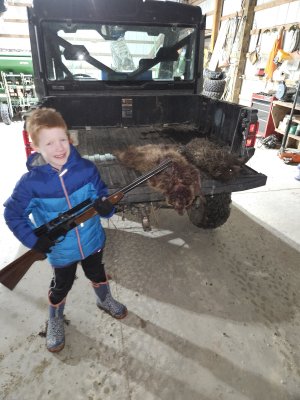Brian662
5 year old buck +
Wanted to start a thread for those in the pheasant's "native" range of the upper Midwest. I'm aware they aren't a native bird but they have adapted to the region over the course of the past 100+ years and thrive under certain conditions.
At my place in MN, we have a small wild population of pheasants. One of my goals when I started doing habitat work was that one day I'd be able to shoot a limit of roosters on my 70 acre home property before my dog passes on. This year on one deer hunt I had 8 encounters with roosters although some may have been the same bird. Took my dog for a walk on new year's day and we only put up one rooster and one hen before he got cut up from some old cattle fencing.
My main improvements have been planting NWSG, including about 15 acres of switchgrass. I have 2.5 acres of pollinator plantings and about 8 acres of tall grass CRP. Also have started and caged many spruce trees and shrubs that are finally starting to show signs of being habitat beneficial. I normally plant about 4-5 acres of food for the deer that pheasants and turkeys also enjoy. I have a few solid tree lines, but they don't have much of any thermal cover like a shelter belt would have..I want to plant some conifers to thicken them up a bit.
Everything takes time but I believe the improvements have made a good impact. When we bought our place I would hear an occasional cackle in the spring but never saw any good numbers.
What have you guys done to improve habitat?
My dog is 9 years old and has 2-3 good years left, so I think it'll be close for us to reach that goal.
Love getting these pics in the fall.
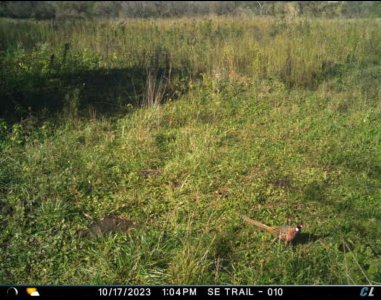
At my place in MN, we have a small wild population of pheasants. One of my goals when I started doing habitat work was that one day I'd be able to shoot a limit of roosters on my 70 acre home property before my dog passes on. This year on one deer hunt I had 8 encounters with roosters although some may have been the same bird. Took my dog for a walk on new year's day and we only put up one rooster and one hen before he got cut up from some old cattle fencing.
My main improvements have been planting NWSG, including about 15 acres of switchgrass. I have 2.5 acres of pollinator plantings and about 8 acres of tall grass CRP. Also have started and caged many spruce trees and shrubs that are finally starting to show signs of being habitat beneficial. I normally plant about 4-5 acres of food for the deer that pheasants and turkeys also enjoy. I have a few solid tree lines, but they don't have much of any thermal cover like a shelter belt would have..I want to plant some conifers to thicken them up a bit.
Everything takes time but I believe the improvements have made a good impact. When we bought our place I would hear an occasional cackle in the spring but never saw any good numbers.
What have you guys done to improve habitat?
My dog is 9 years old and has 2-3 good years left, so I think it'll be close for us to reach that goal.
Love getting these pics in the fall.


